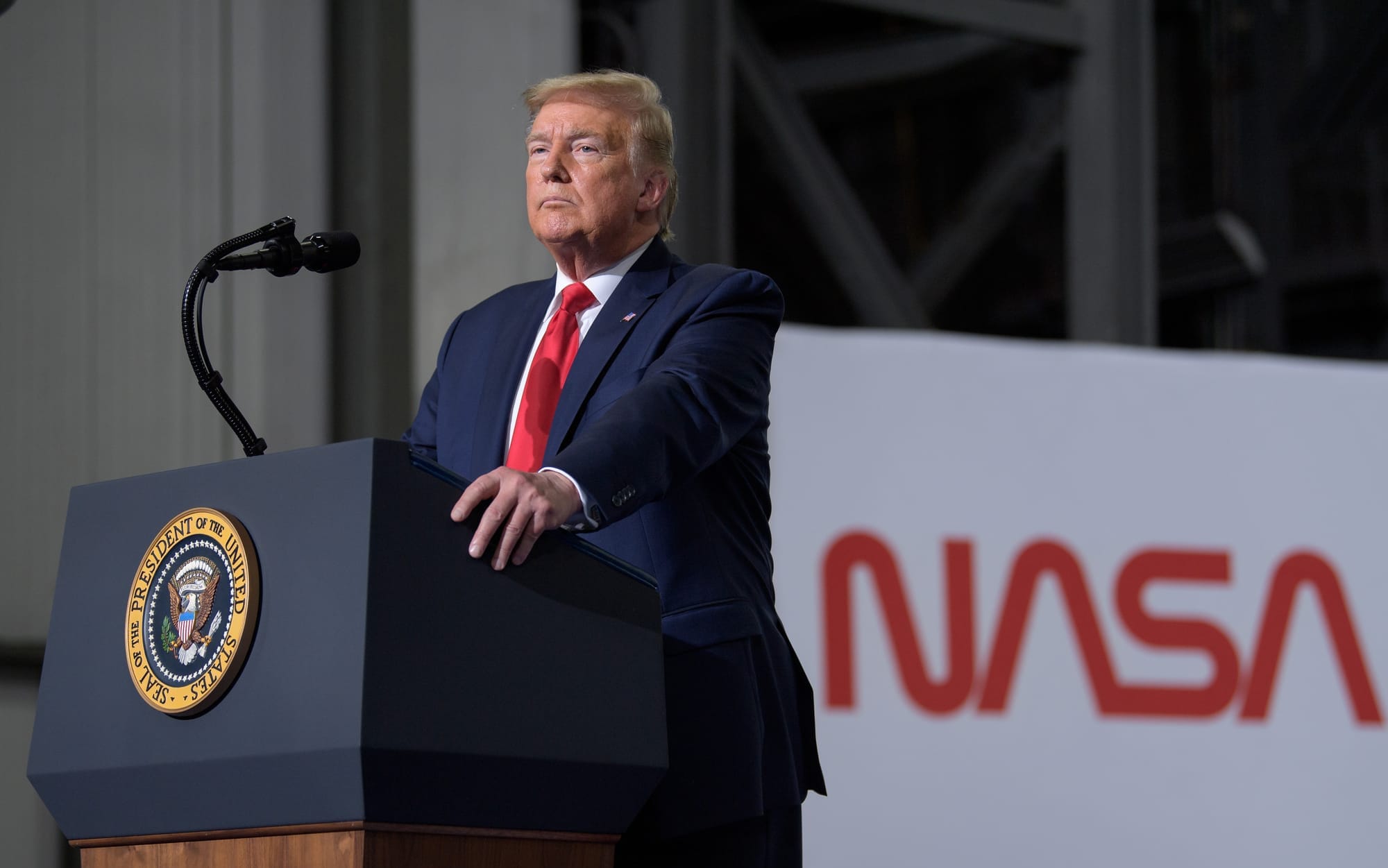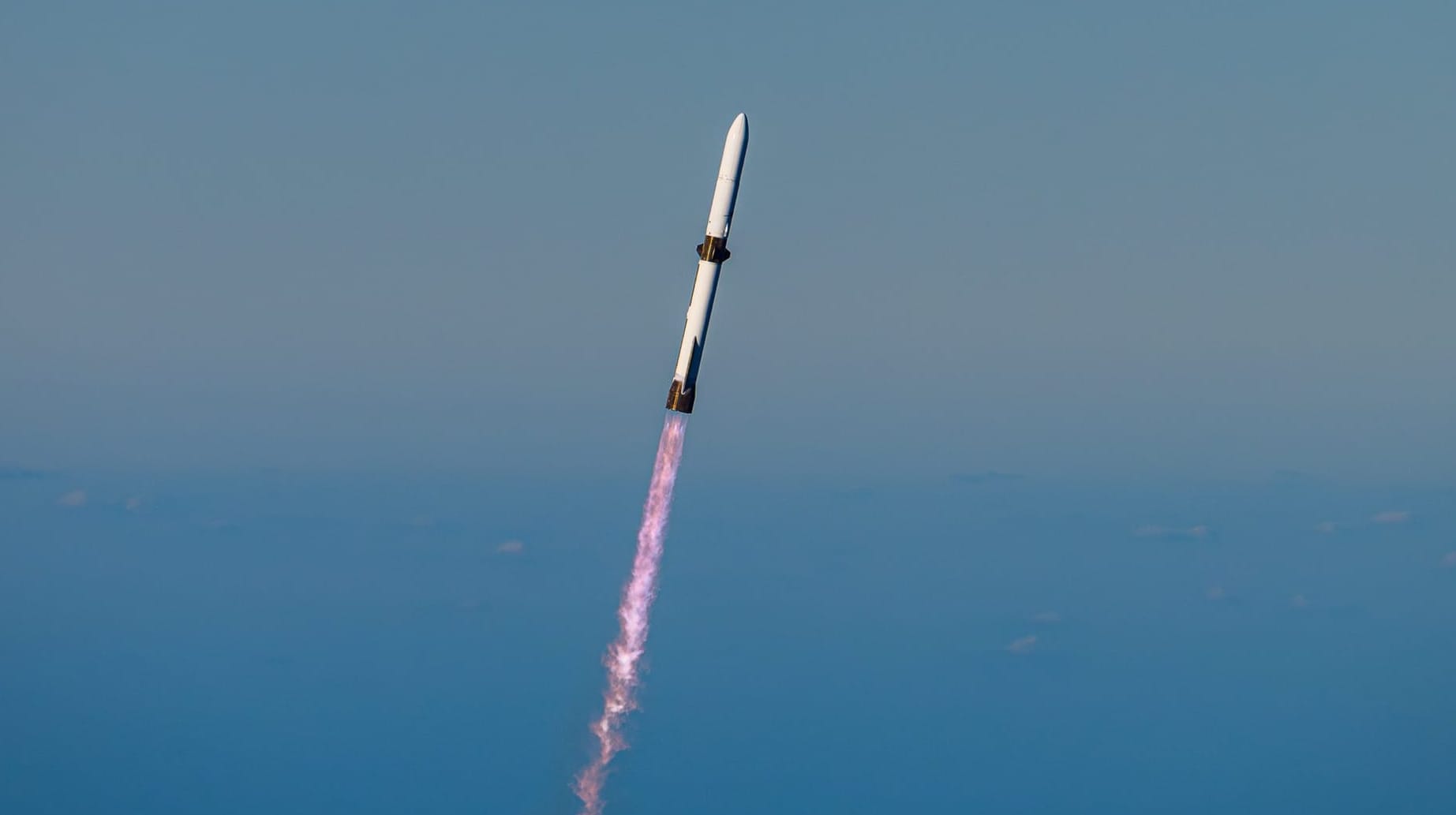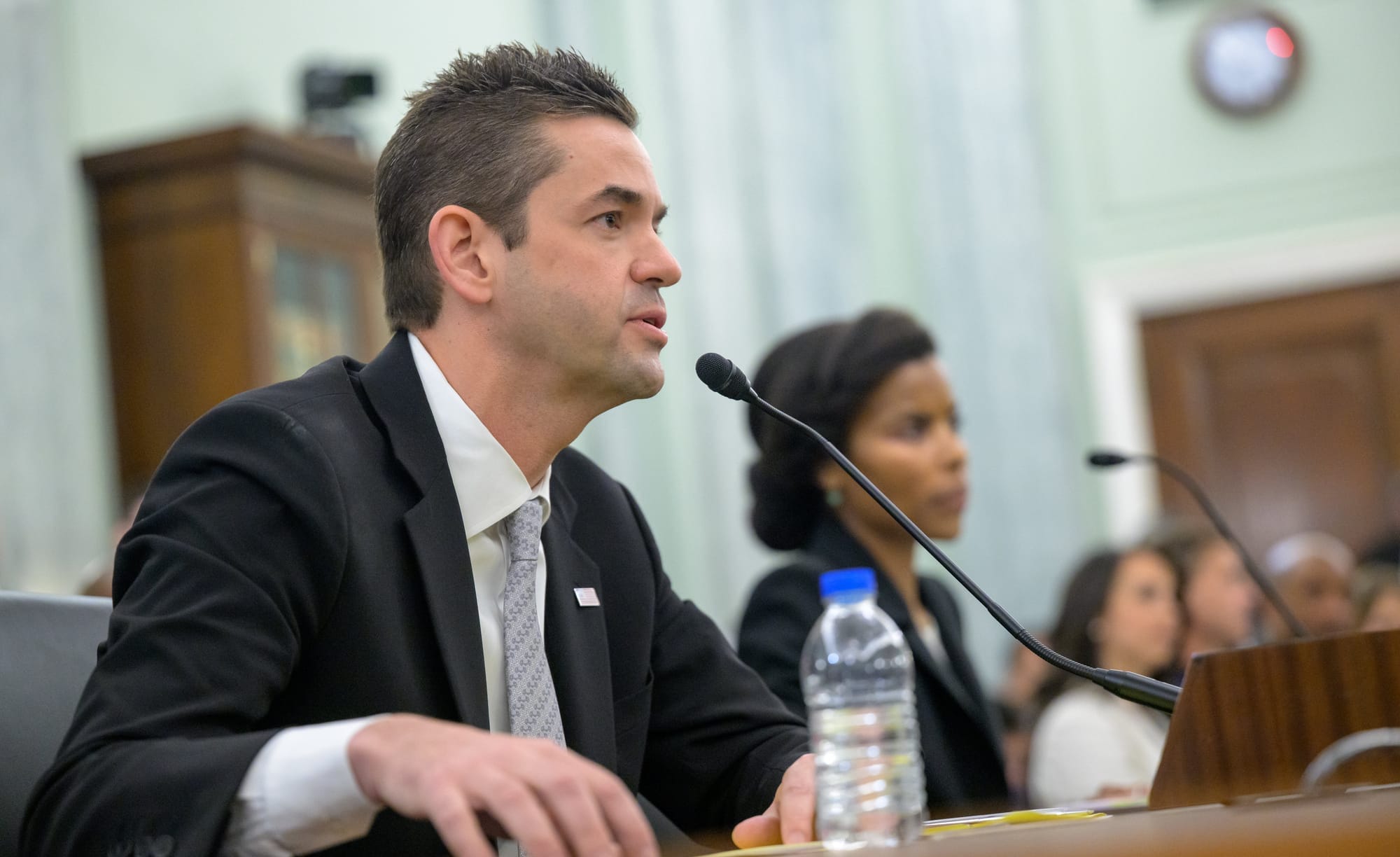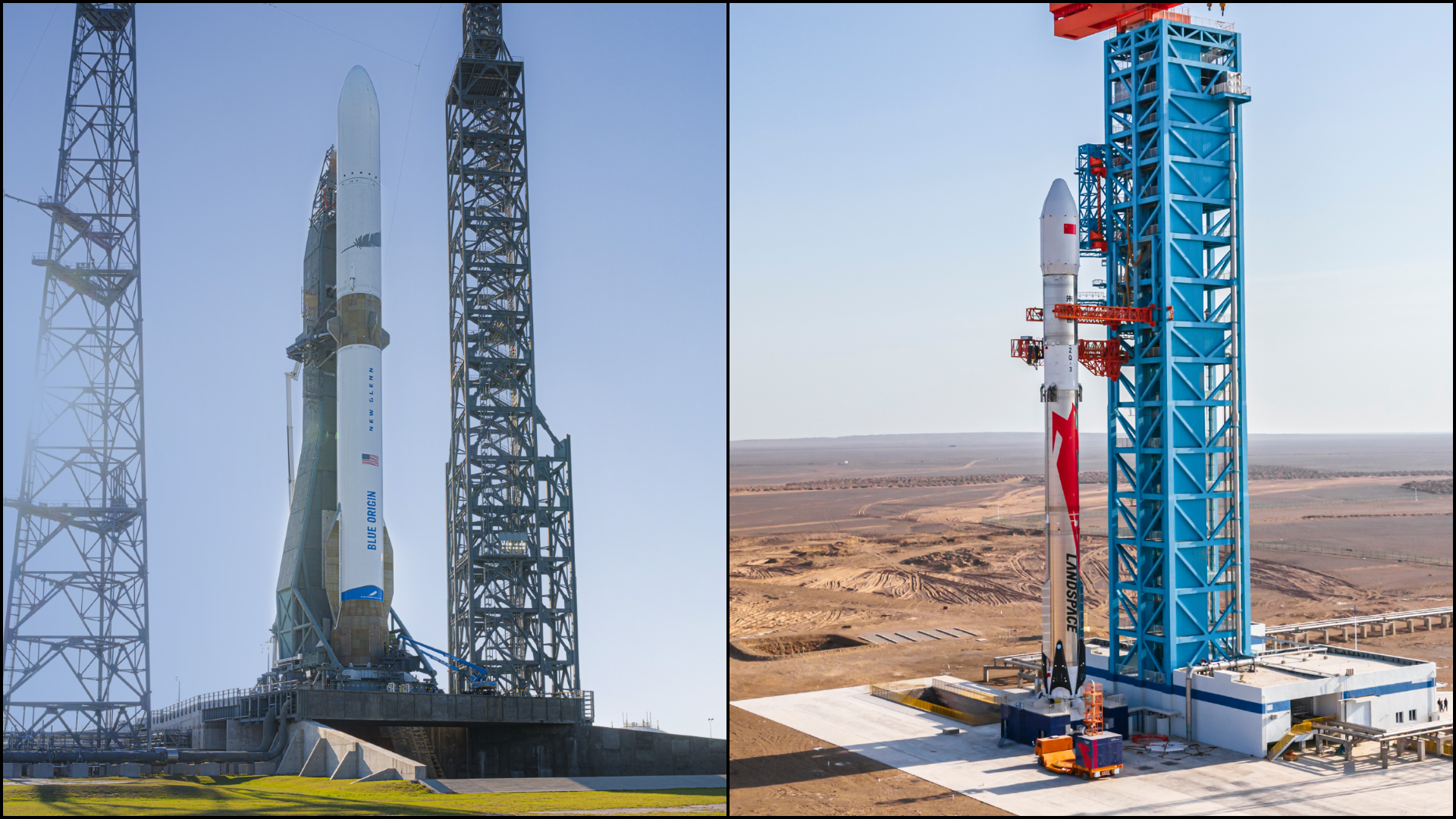Table of Contents
Politico reported on May 14th that the Trump Administration has no unified plan or individual in charge of its space policy. This is in the wake of six billion dollars in planned cuts at NASA.
Those cuts stand to cripple NASA science in the long term, cancel the long await Mars Sample Return mission, put the International Space Station in jeaporady, and cancel the Space Launch System (SLS) rocket and Orion spacecraft after the Artemis III mission in 2027.
The cuts to the Artemis program in particular, through eliminating SLS and the Orion capsule, removes the only proven systems for sending humans beyond low Earth orbit and turns the program into a flags-and-footprints project, like Apollo, instead of routine long-term missions to the Moon. In a so-called race to the Moon with China, which is really a marathon, eliminating the only working system is effectively giving up.
At the moment, the proposed cuts would need to pass through Congress, which is Republican controlled, so there's a good chance it will. By the time these cuts are real policy, Elon Musk, major stakeholder in Mars missions and the Trump Administration, will have two 'puppets' in NASA, in the agency's Administrator and Chief Financial Officer.
Meanwhile, Politico reports a chaotic approach inside the White House, where no clear leader is guiding space policy. The National Space Council, which Trump is looking to revive, remains unstaffed, NASA awaits a confirmed administrator, and agencies are left to guess who is in charge. Despite lofty rhetoric about returning to the Moon and reaching Mars, the plans and interim goals needed to shape and implement space policy simply does not exist.
Instead, budget decisions appear to be driven by the Office of Management and Budget, with little input from scientific or space policy experts. Industry officials told Politico they’re confused, with multiple agencies and offices offering conflicting guidance, if any. The lack of coordination has left critical programs, like Artemis, vulnerable and the broader U.S. space program adrift.
Additionally last week, the Houston Chronicle reported that the International Space Station will perform a reduced amount of science and be home to fewer astronauts due to a shrinking budget, with station operations losing a billion dollars. This has been exacerbated by the Trump Administration's planned cut of 508 million United States Dollars to the space station.
To address the shrinking budget, the Houston Chronicle reports that NASA will have three crew members on the station instead of four starting next year, dropping the station’s overall crew to six people, as Russia will continue flying three cosmonauts. Additionally, future missions will also be longer than those currently underway, similar to Roscosmos' crew transfers every eight months. With one less crew member onboard, it is expected that research performed onboard the International Space Station will be reduced by half.
Longer missions with three crew members are expected to begin with Crew-12, atop of SpaceX's Crew Dragon, in 2026.
Alongside the problems the budget cuts will cause, NASA is changing its performance criteria for agency personnel. Instead of being measured on innovation, collaboration, personnel growth, and program results, employees will now be evaluated on faithfulness to Presidential policies, efficiency, and organizational goals. Oh, and there's an ideological witchhunt within the agency.
Somehow, through all of this chaos, Trump wants boots on Mars. Keith Cowing of NASAWatch summarizes what's going on best:
"All the space policy ‘experts’ claim that the Administration has a firm “plan” for NASA. If indeed it exists, then the chaos at NASA – programs gutted, people unsure if they have a job, research halted for no reason, paranoid behavior by management, must all be part of that plan, right? Chaos is not a plan. It just ****** people off, wastes money, and reduces productivity. This is not the way to keep America Great In Space."






